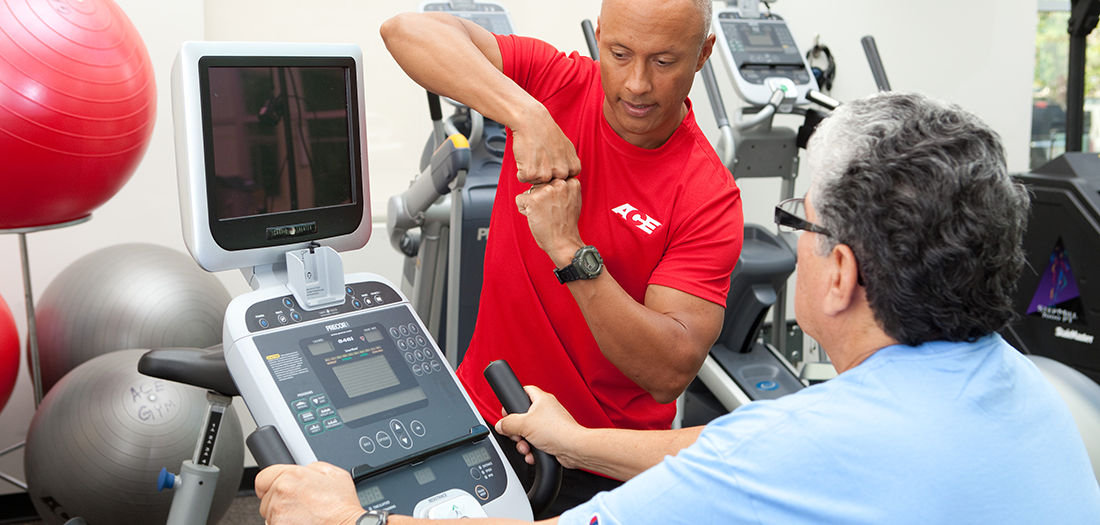Coaching is all in. You’re parachuting into someone else’s world and living there for the duration of the coaching session. It’s a wonderful experience and can lead to transformations, first of mind and then of body.
But how do you get started smoothly and keep some structure to the session so you can stay on track? An effective approach is to use the CRAFT model, which stands for:
C – Check In
R – Report Progress
A – Adjust and Assign
F – Feedback
T – Teach and Train
Here’s a little more detail to help you understand and apply each one.
Check In

Begin the coaching session by sharing something unique, interesting and positive that has happened in the interim since the previous session. It can be something related to a hobby or a positive experience at work or at home, for example. The smaller and simpler, the better. Depending on the client’s personality type, it may be best to help direct his or her focus, as the check-in is meant to be quick and provide a nice way to start the session. For example, I have used a check-in with a particular client that goes like this: “Tell me something for which you are grateful,” or “Tell about something nice that you did for someone.”
The power of this type of check-in is that it helps the client start the session in a positive frame of mind, regardless of how rough the last period may have been or how off track he or she may be in terms of health behaviors. It sets a positive tone for the entire session.
Report Progress
This is where you’ll ask the client about how he or she has done with the action steps that you agreed upon at the previous session. Be careful here, because if things have not gone well, clients will often turn a “Progress Report” into a “Regress Report.” I’ve learned in coaching that even when it’s been a bad week, there are still things the client did well or can identify as being positive. Steer the client to reflect on what went well, even if a lot of things didn’t. If they did well in all areas, then it’s an easy transition onto the next step.
Adjust and Assign

Make adjustments to previous actions and/or set-up new ones. If a client has struggled with executing some behaviors successfully, listen for reasons why and collaborate to adjust the size of the task or tweak it so that the client feels more successful in his or her efforts and will be less likely to abandon all health behaviors.
For example, a client who felt exhausted at the end of an unusually tough work day and long commute might have made the choice to go for a walk instead of hit the gym for the planned workout after work. Often, the client will feel bad about this because it looks like a missed workout. However, this is a great opportunity to adjust his or her perspective, and to celebrate the fact that the client still chose activity over sinking into the sofa at the end of a long day.
Celebrating a choice of activity over inactivity can help clients be more kind to themselves. It also helps them to develop a more automatic ability to focus on the positive choice that was made rather than the one that wasn’t made.
To facilitate the client choosing the next steps for the coming week after a session, ask a question such as, “What would make the next week or two feel successful for you?”
Feedback

After adjusting and assigning the next steps or actions, ask the client for feedback. Questions such as, “How are you feeling about your ability to do well in the coming week with what we’ve planned for you?” or “Do you have any concerns about what we’ve laid out?” can help provide a forum for the client to express any reservations or concerns about the plan.
Teach and Train
If the client expresses any concerns warranting adjustment of the agreed-upon action steps given during the feedback portion of the session, this is the time to discuss them. Don’t be afraid to get into the specifics of helping the client with the “how” of a chosen behavior.
For example, you and a client may have agreed that each morning she will prepare breakfast at home. You may get into helping the client identify small, specific ways that will help make the behavior easier. These might include laying out non-perishable ingredients on the counter the night before, placing perishable items front and center in the refrigerator, and ensuring there is ample time planned for shopping.
Wrap Up

The CRAFT model works well to help you structure sessions with clients whom you are actively coaching toward fairly clear objectives. If you are working with a newer client who is somewhat ambivalent about what he or she wants, it may be better to spend some session time narrowing that focus before applying this model to coaching sessions.
[For expanded study of these topics with CECs, see the ACE Behavior Change Specialist course; pages 194-195 in the manual cover the CRAFT Model.]




 by
by 




 by
by